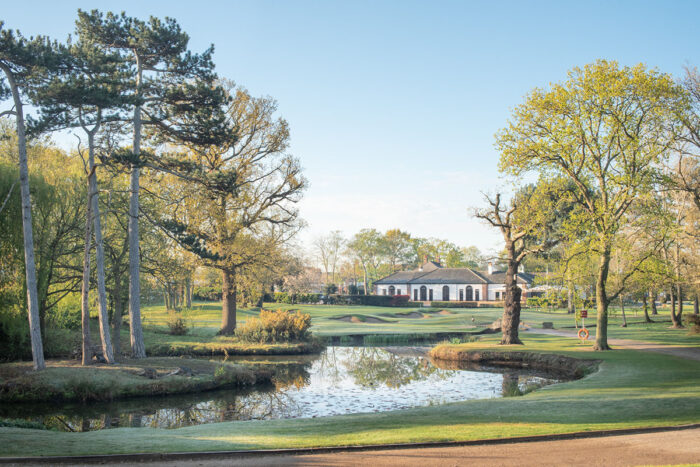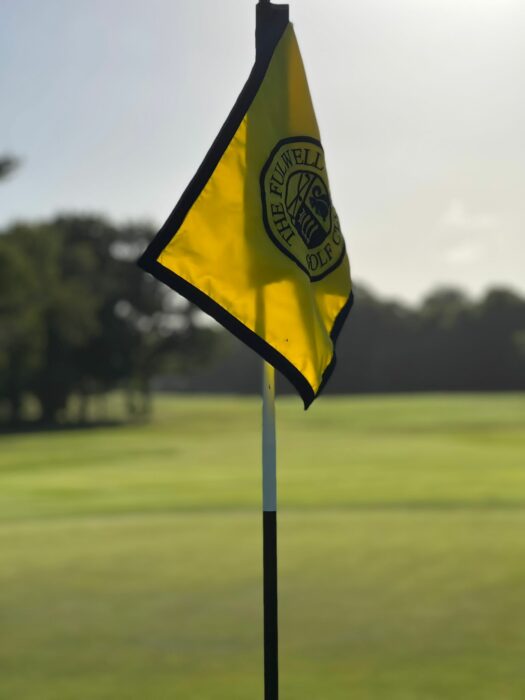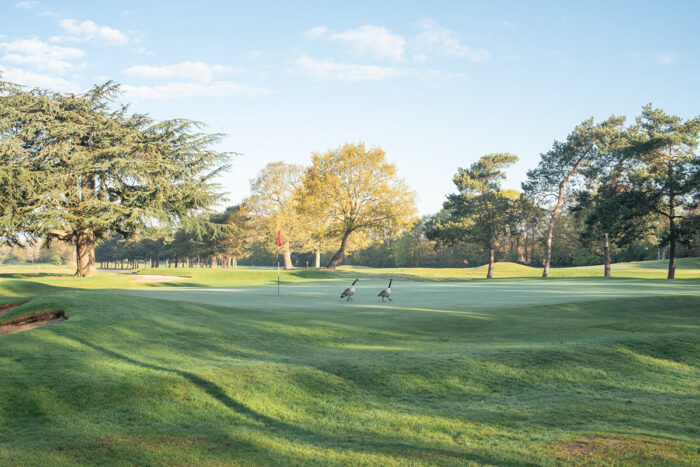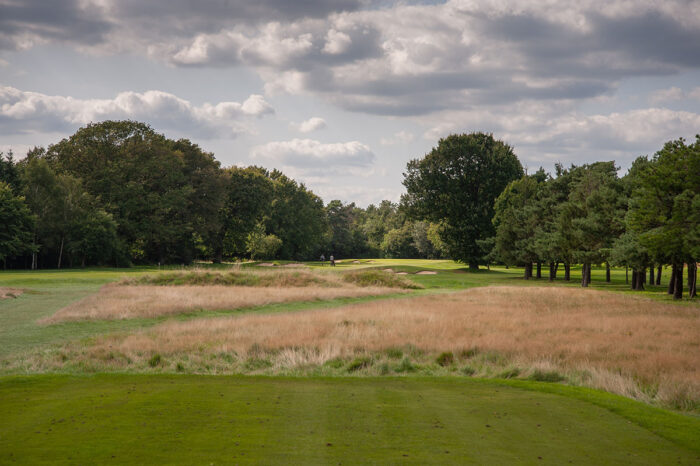All’s well at Fulwell
Fulwell Golf Club in west London has recently made a number of changes, including new tee placements and sustainability measures. Here, secretary Murray Cook takes us through what’s been introduced, why and what results the club has so far seen.

Can you tell us a bit about Fulwell Golf Club?
Set on the outskirts of London across 130 acres of land, Fulwell Golf Club was formally opened for play on November 19, 1904.
The 18-hole, par 71 course measures 6,607 yards from the claret tees and challenges golfers of all ages and abilities.
The clubhouse and terrace offer members and visitors great views of the course and a comfortable and relaxing place to enjoy a meal or a drink with friends after a game.
With just over 1,000 members (800 playing) in total, Fulwell is a very active, social and competitive club.
The course was designed by J.H. Taylor with an outer 18-hole course for men and an inner 18-hole course for ladies. Further course alterations were carried out in 1921 using designs from Harry Colt and Alister Mackenzie, two of the leading course designers of the era.
During 1933/34, the club had an opportunity to buy the land that covered the two courses and frontage on Wellington Road from the Freake Estate but the offer was not taken at the time. The course, previously farmland leased from the Freake Estate, was compulsory purchased by Middlesex County Council in 1936 to preserve the course as green belt land.
During the Second World War, the second course was closed and used for agricultural purposes, as in the First World War, and did not open for play after the war ended.
The new landlords, Middlesex County Council, and the club, had meetings as early as April 1945 to discuss building and re-designing a new course. The course architect was J.S.F. Morrison of Colt, Alison and Morrison. Seven existing holes were used and 11 new holes created.
The course that we now know was opened for play on August 30, 1958 and has hosted many professional and amateur events through its 120 years.

You’ve recently made changes to the course’s length via a new approach to tee placement. Can you tell us about this?
It was more than a tee programme but the culmination of a strategy to improve the course. The course has changed considerably since its original design, not least during World War Two, when it gave up its two original courses, designed in a classic inner and outer format, for food production. At the end of the war, the land was re-allocated which of course meant that the original design was compromised. As equipment and players improved, these compromises really showed in the positioning of tees and bunkers. The club decided to act and engaged with the architect MacKenzie & Ebert to revamp both the bunkers and tees. During this review, it was also noted that the lengths of the courses were confusing. Our shortest course was still excessively long, we did not have good separation between the different course lengths and the course was not a challenge for the longer hitters.
At about the same time as we started to implement the overall design changes, the World Handicap System was being introduced. This really cemented our approach – it allowed us to really focus on getting the courses right for different levels of players, getting the separation between courses right and getting all players to play from an appropriate tee. This has massively increased the pleasure in the game and retained membership. It is also not just about the big-ticket items such as new tees – simple things like changing the colours of tees to remove the legacy connection in people’s minds between being a member and playing from the longest course. During the winter, we now see more members playing a shorter course which is far, far more enjoyable.

What measures have the club introduced to be more environmentally friendly?
One of the goals of the club is to operate in a more sustainable way. Some of the measures are imposed on us • like the choice of fertilisers or disease / pest control chemicals permitted by law, but most are driven by the club itself.
The list of projects related to sustainability is lengthy:
• The club has heavily invested, and continues to invest, in electric greenkeeping equipment [circa £200,000 already]. This reduces our carbon position but also reduces noise pollution for our neighbours.
• We have implemented a borehole to reduce our dependencies on mains water. We are in further discussions with the council to eradicate this dependency entirely.
• To fully understand the effect of inputs such as water, fertilisers and so on, we have invested in digitising the course using the POGO technology. Ultimately this is a vital tool in the greenkeepers’ arsenal to reduce the amount of inputs required.
• Course presentation has changed to facilitate the protection of acidic grassland areas alongside the playing surfaces, giving texture to the course and providing a rich environment to wildlife.
• We have started our journey to become self-sufficient in energy production.
• The club developed its own pollinator policy and offered part of its land to the services of an apiarist. We now sell our own honey to the members.
• A ‘Woodland Creation and Conservation’ policy has also been developed and implemented. This aims to protect and increase the stock of trees in ways that do not affect the playing surfaces. This was designed to help the local council, the London Borough of Richmond upon Thames, achieve its own biodiversity goals under both the Local Plan and the regional London plan.
• The club has started its journey towards GEO certification.

Does the club have a ladies’ pathway to participation and membership?
Yes. The club recognised some time ago that its level of female membership was not where we wanted it. The strategy for building this section of the club was multifold. Firstly, accepting the advice of the course architect, we built a large number of tees to shorten the course that was traditionally used by women. Next, we rated a number of courses for women so that we could retain and attract existing players.
Following on from the improvements to the course, we created an academy which has been hugely successful in attracting women who had played the game to a degree but were unsure about committing to a full membership. The next problem was that the club has a long waiting list so we needed a mechanism to allow them to join. The board committed to allowing women, not just academy members, to be prioritised.















Let me tell You a sad story ! There are no comments yet, but You can be first one to comment this article.
Write a comment